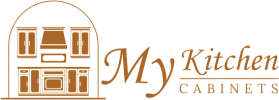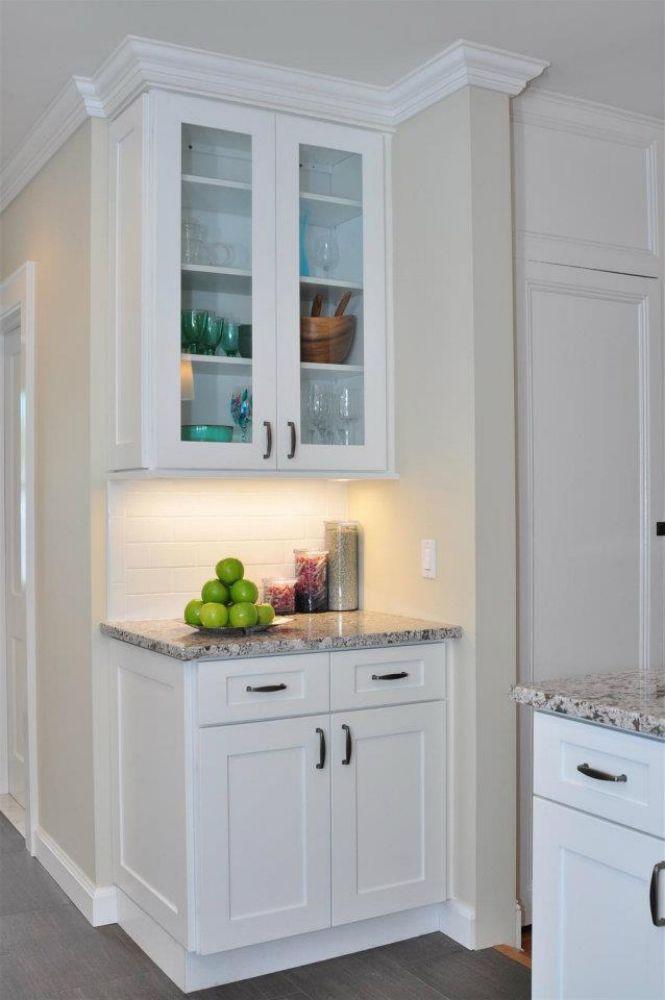Measuring correctly for new kitchen cabinets is one of the most crucial steps in any kitchen renovation or remodel. A precise measurement ensures your cabinetry fits seamlessly, looks aesthetically balanced, and functions efficiently. Inaccurate measurements, on the other hand, can cause costly mistakes, delays, or even the need to reorder products. Whether you’re planning a DIY installation or working with professionals, learning how to measure properly will save you time, money, and stress.
In this article, we’ll walk through step-by-step methods for accurate measuring, common mistakes to avoid, and essential tools you’ll need. By the end, you’ll feel confident about preparing your space for new kitchen cabinets.
Tools You’ll Need for Measuring
Before you begin, gather the right tools for the job. Precision starts with using the correct equipment:
-
Tape measure (at least 25 feet long for larger kitchens)
-
Pencil and notepad or graph paper
-
Straightedge or level
-
Step ladder for upper cabinet measurements
-
Carpenter’s square for ensuring right angles
-
Masking tape for marking reference points
Having these tools ensures every line, corner, and distance is documented properly.
Step 1: Measure the Overall Kitchen Space
Start by recording the total width and height of each wall where the cabinets will be installed. Work from corner to corner, marking down every dimension. Note the following:
-
Ceiling height from floor to ceiling
-
Length of each wall
-
Distance from wall edges to doors, windows, or other features
-
Position and size of structural elements like soffits or beams
By capturing the “big picture,” you’ll know the space limits for cabinetry and avoid overlaps with existing features.
Step 2: Record Doorways, Windows, and Openings
Cabinets often need to be designed around openings. Accurately measure:
-
Width and height of all doors and windows
-
Distance from floor to window sill
-
Distance from window top to ceiling
-
Distance between openings and adjacent walls
Marking these areas prevents cabinets from obstructing natural light or blocking traffic flow.
Step 3: Locate Appliances and Fixtures
New cabinets must accommodate kitchen appliances and utilities. Measure and note:
-
Stove, refrigerator, and dishwasher dimensions
-
Sink size and plumbing location
-
Vent hood or microwave space
-
Electrical outlets and switches
-
Gas lines, HVAC vents, or radiators
These measurements ensure proper clearances, alignment, and accessibility. It’s especially important if you want pet friendly layouts that leave open spaces for feeders or small storage nooks at floor level.
Step 4: Measure Wall Height and Levelness
Walls and floors are not always perfectly square. Use a level to check:
-
Floor slope (especially for base cabinets)
-
Wall straightness (important for upper cabinets)
-
Ceiling levelness
Record the highest and lowest points. Base cabinets should be adjusted to the highest floor point, while wall cabinets should be aligned at the ceiling’s lowest point. This prevents visible gaps or uneven installations.
Step 5: Mark the Work Triangle
The “kitchen work triangle” involves the sink, refrigerator, and stove. When measuring, mark these three points on your drawing and ensure cabinetry allows for easy movement between them. Avoid overcrowding these key zones with oversized cabinets or obstructive layouts.
Step 6: Create a Detailed Sketch
Transfer your measurements to graph paper or a digital design tool. Use a scale (for example, 1 square = 6 inches) to ensure accuracy. Clearly label:
-
Wall lengths
-
Door and window placements
-
Appliance and plumbing locations
-
Ceiling height and soffit details
A detailed sketch helps you or your installer visualize the layout before ordering.
Common Mistakes to Avoid
Even a small oversight can create big problems when installing new cabinets. Avoid these errors:
-
Forgetting to account for molding or trim
-
Measuring only one side of the room (walls can be uneven)
-
Not marking electrical and plumbing lines
-
Ignoring appliance clearance needs
-
Overlooking corner cabinet spacing
Double-check every measurement before finalizing your order.
Why Professional Verification Matters
Even if you’ve done the measurements yourself, many homeowners choose to have a professional verify them before ordering. Installers often spot details such as uneven walls or clearance issues that homeowners miss. This extra step ensures your investment in cabinets pays off with a flawless fit.
Why Choose Us?
At My Kitchen Cabinets, we specialize in helping homeowners measure, design, and select cabinetry that perfectly fits their space and lifestyle. Our team provides step-by-step guidance to ensure your layout is not only accurate but also efficient and stylish. From traditional wood designs to modern finishes, we provide options that transform kitchens into functional, welcoming spaces. We also understand that families may want pet friendly solutions, so we offer designs that can incorporate storage or feeding areas seamlessly.
Choosing us means working with experts who value precision, quality, and customer satisfaction above all else.
Conclusion
Properly measuring your kitchen for new cabinets is a vital part of the remodeling journey. By gathering accurate dimensions, documenting all fixtures and openings, and accounting for every small detail, you set the foundation for a smooth installation. Whether you’re handling it yourself or enlisting professionals, accurate measurements ensure your cabinets look great and perform flawlessly. With My Kitchen Cabinets, you’ll find expertise, guidance, and stylish solutions every step of the way.
Frequently Asked Questions
Q: How do I measure properly for new kitchen cabinets?
A: Start by measuring wall lengths, ceiling height, and floor levelness. Record the placement of doors, windows, appliances, and plumbing. Double-check measurements and create a scaled sketch before ordering.
Q: Do I need to remove old cabinets before measuring?
A: No, you can measure with your current cabinets in place, but you should note the structure behind them. Removing them provides a clearer picture of the wall space, which is useful for precise planning.
Q: Should I measure in inches or centimeters?
A: Inches are standard in most cabinetry measurements. However, consistency is more important than the unit of measurement—just make sure you don’t mix the two.
Q: What if my walls or floors aren’t level?
A: This is common in many homes. Document the highest and lowest points, as installers will use shims or adjustments to ensure the cabinets are installed level and secure.
Q: Can I design my cabinets to include space for pets?
A: Yes, many homeowners now request pet friendly cabinetry. Customizations such as lower drawers for pet bowls or small storage areas for supplies can easily be incorporated into the design.

